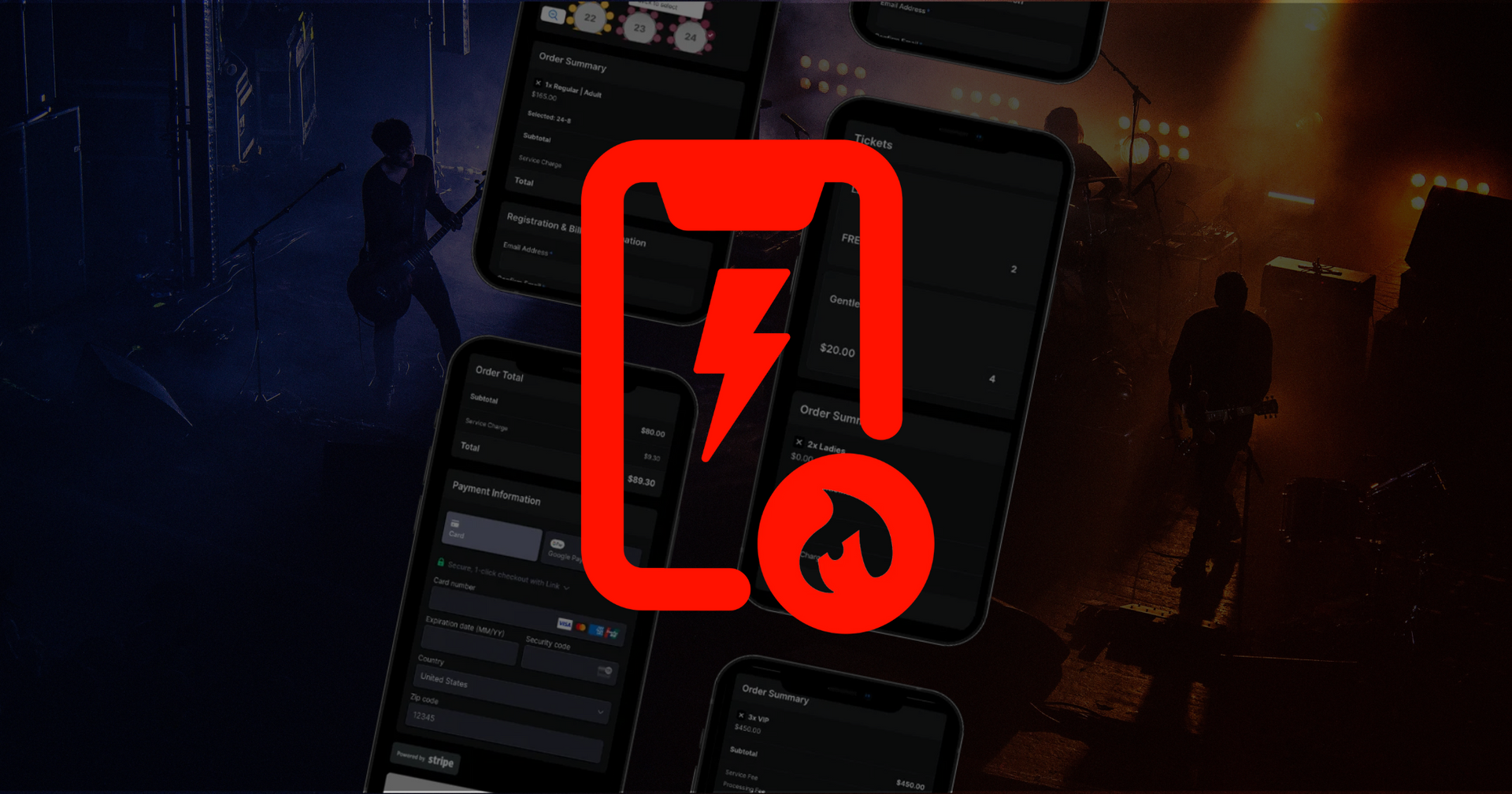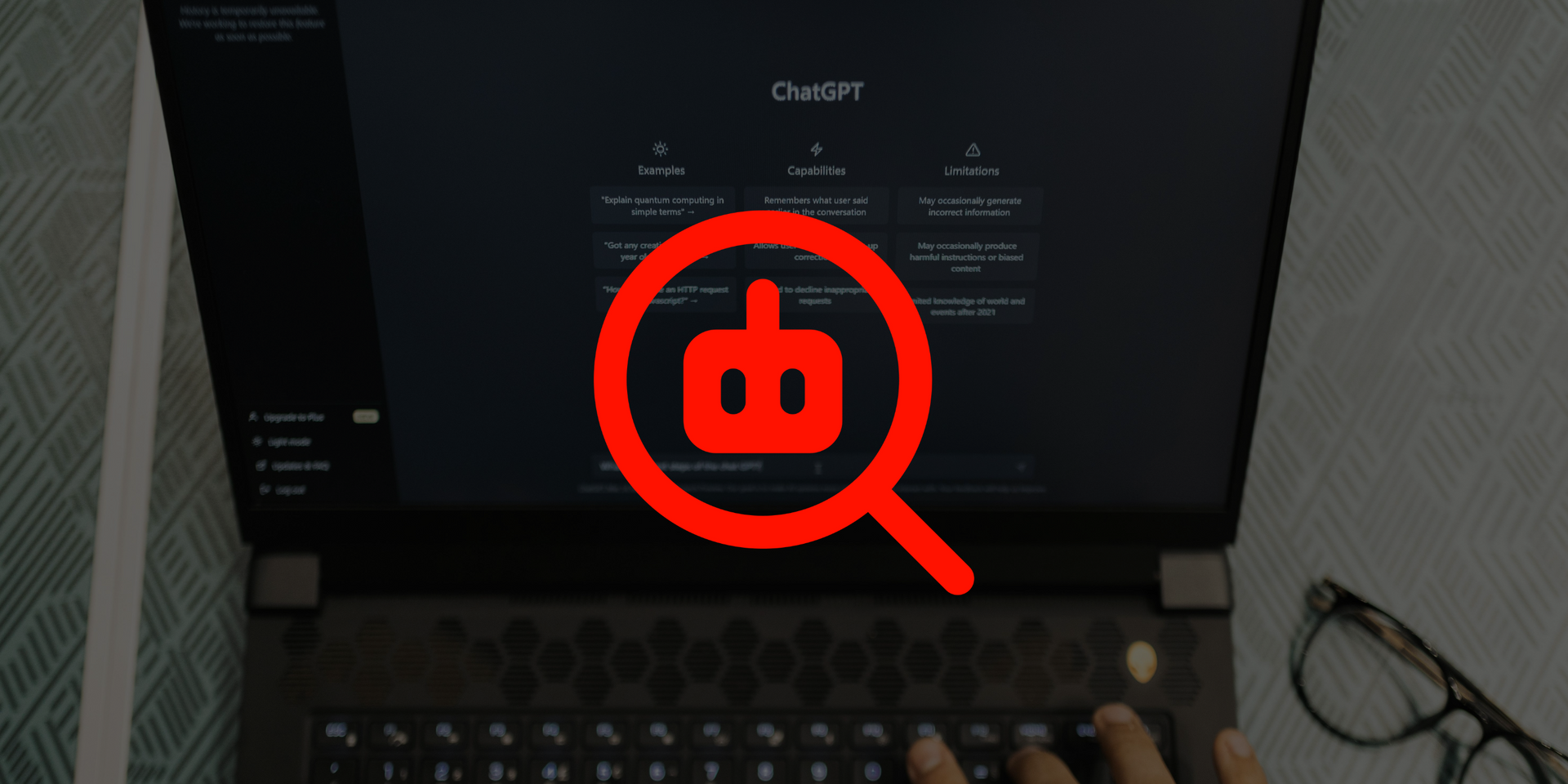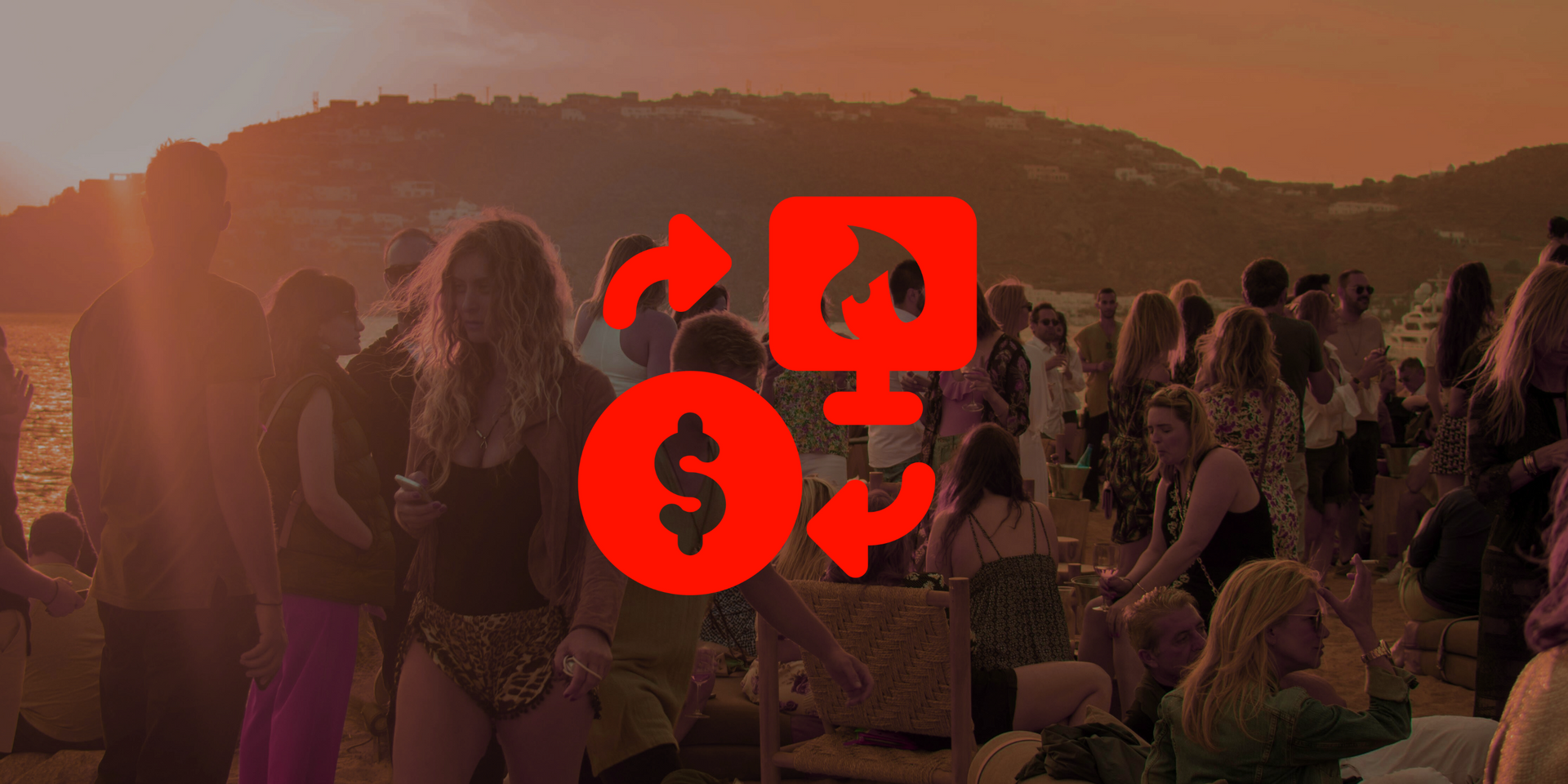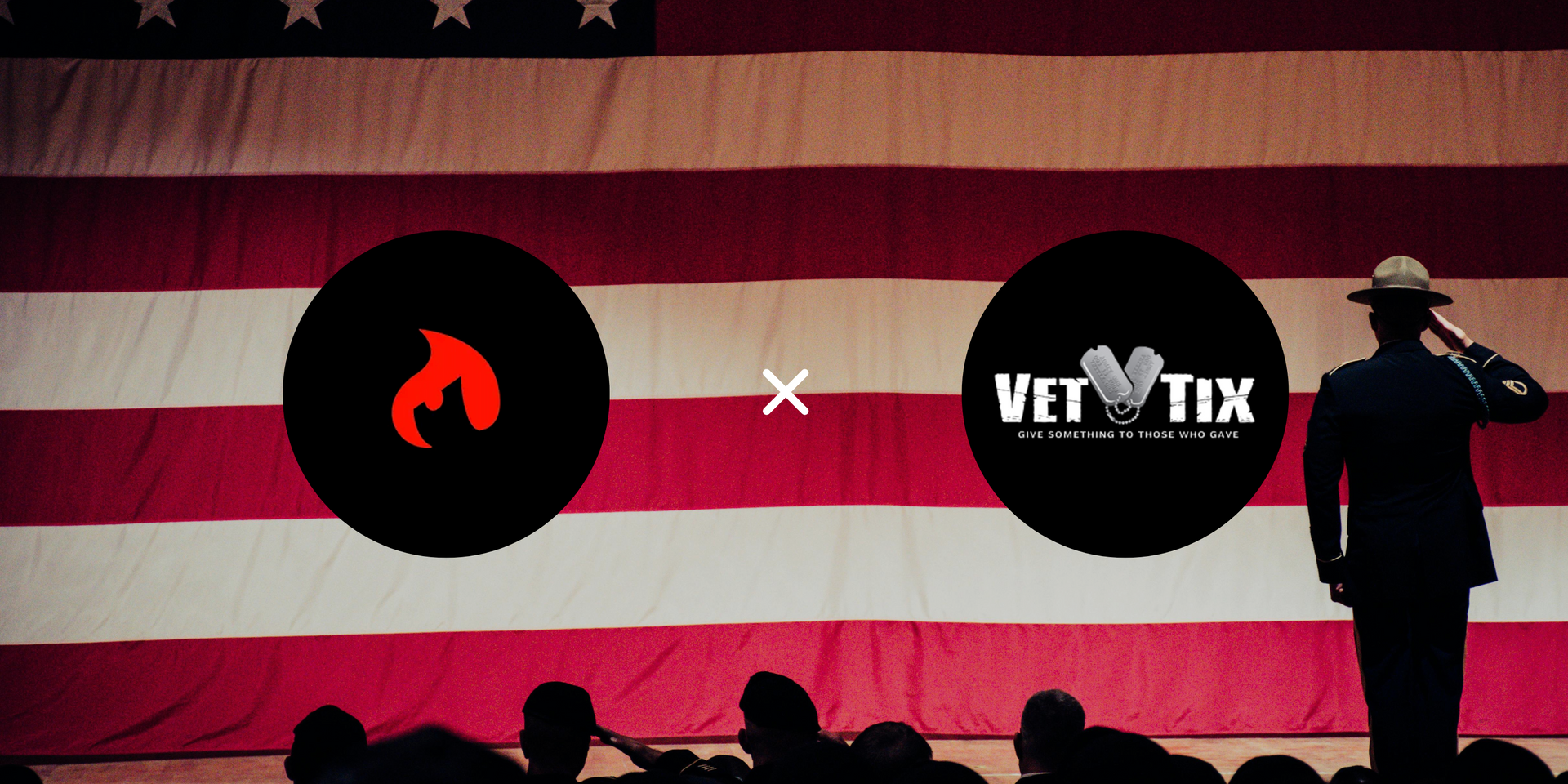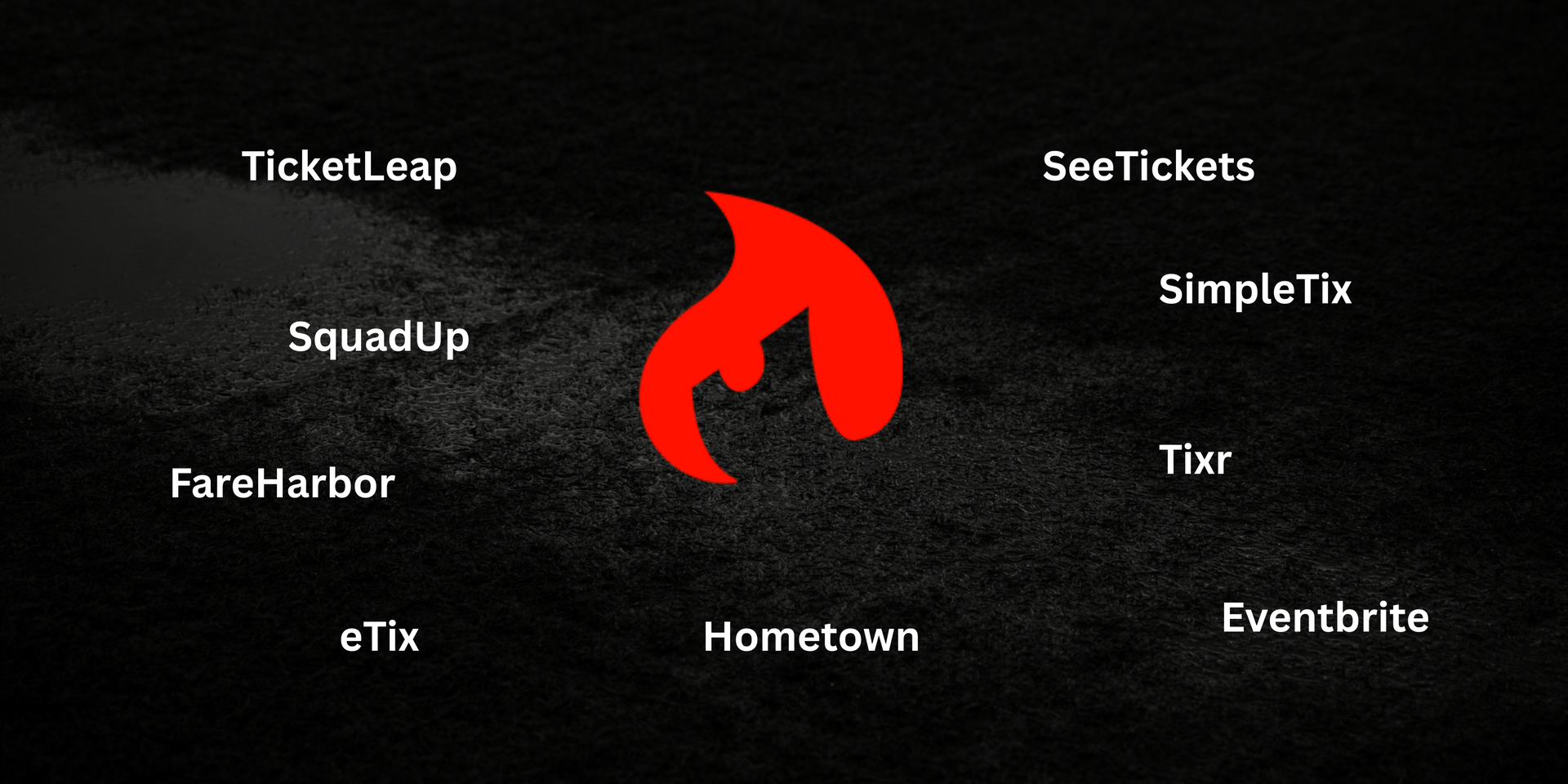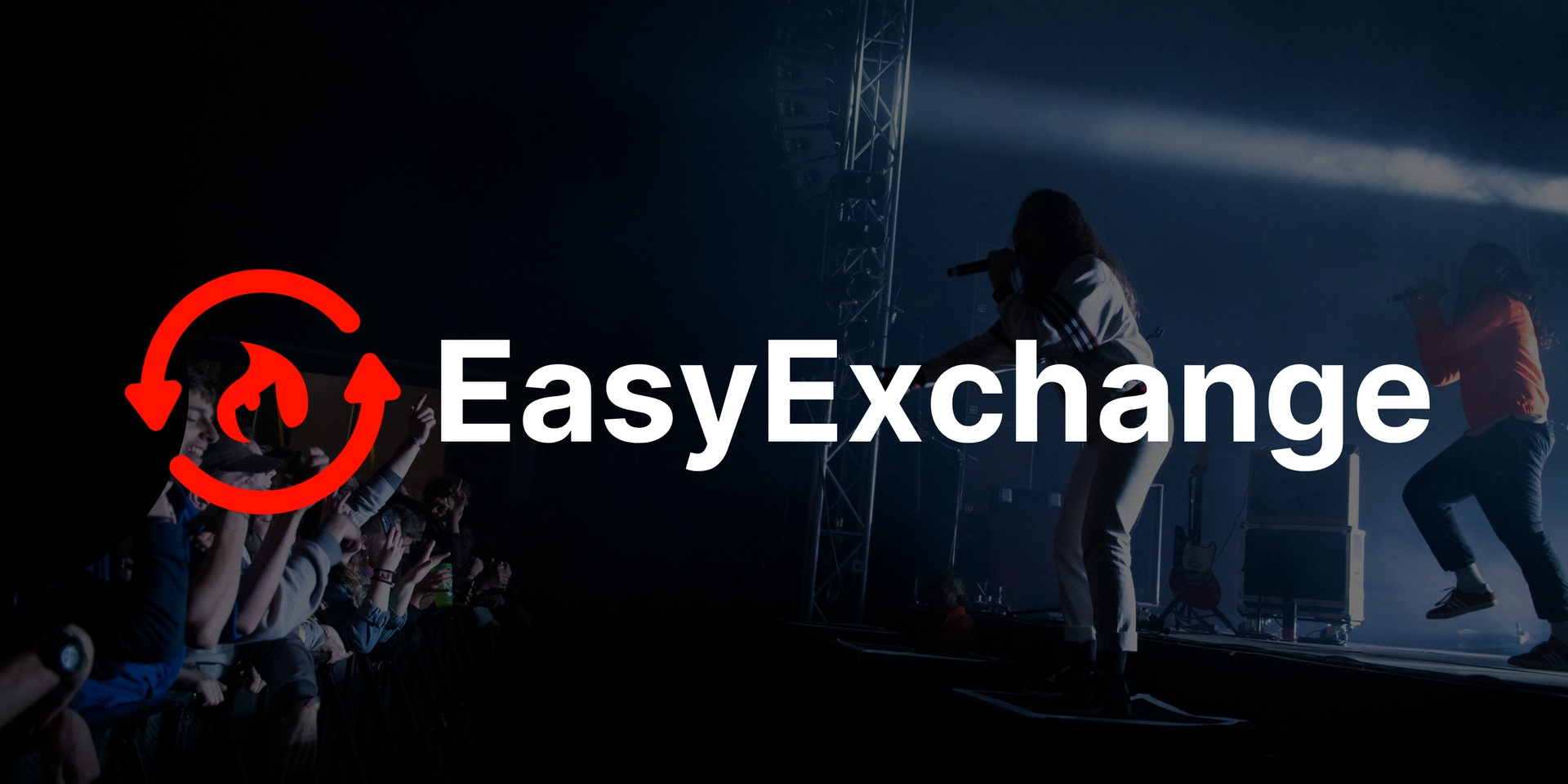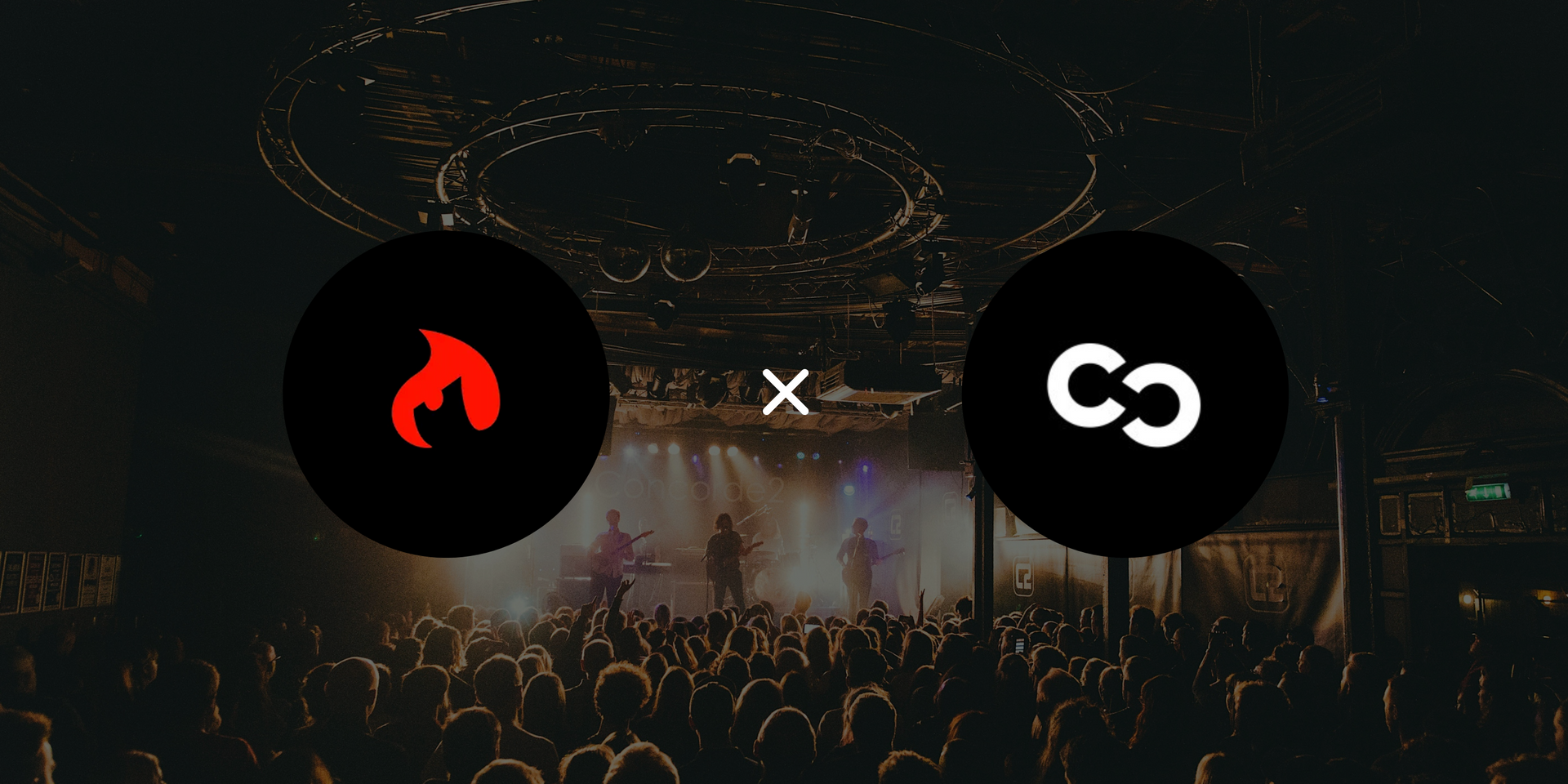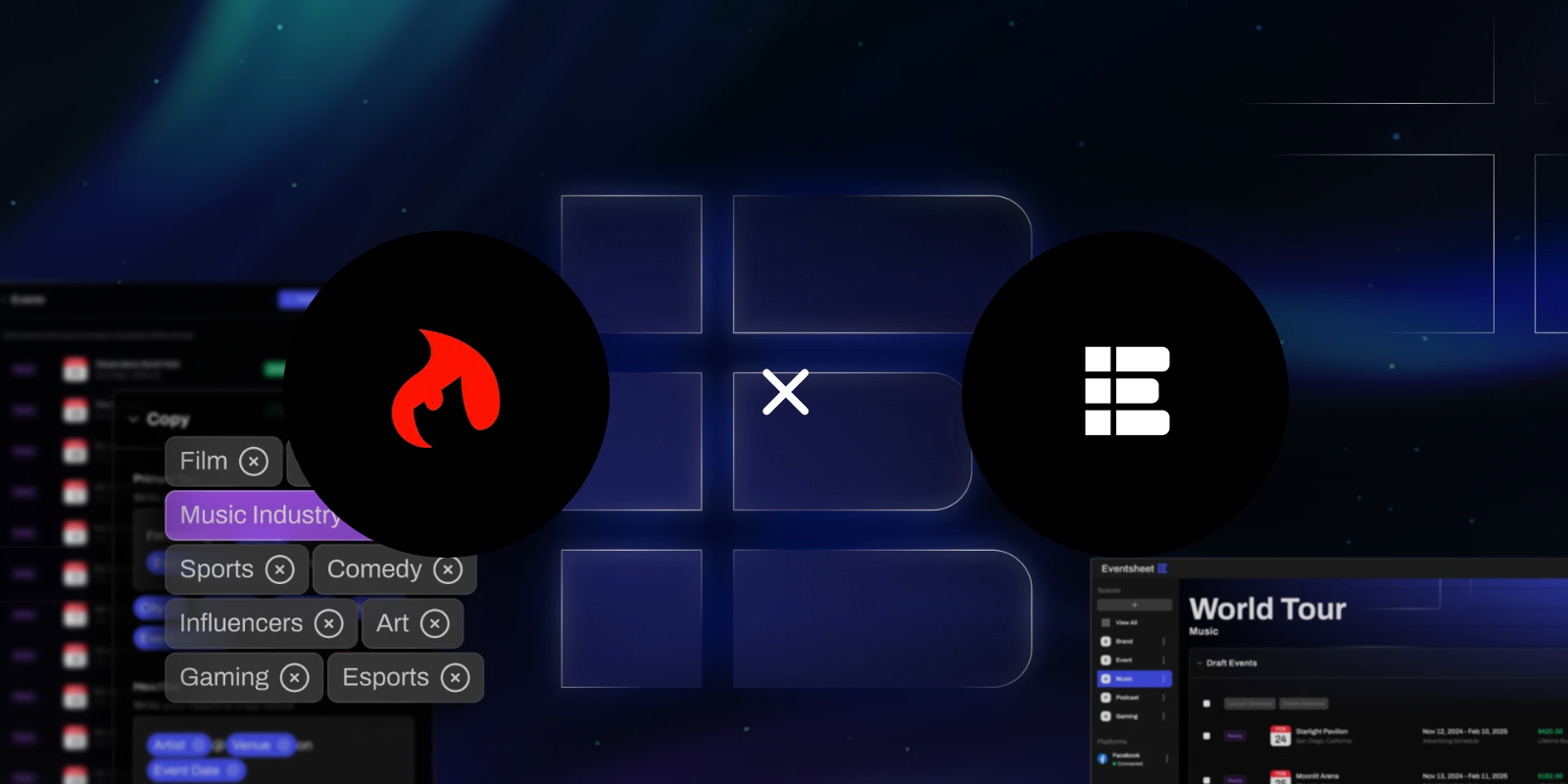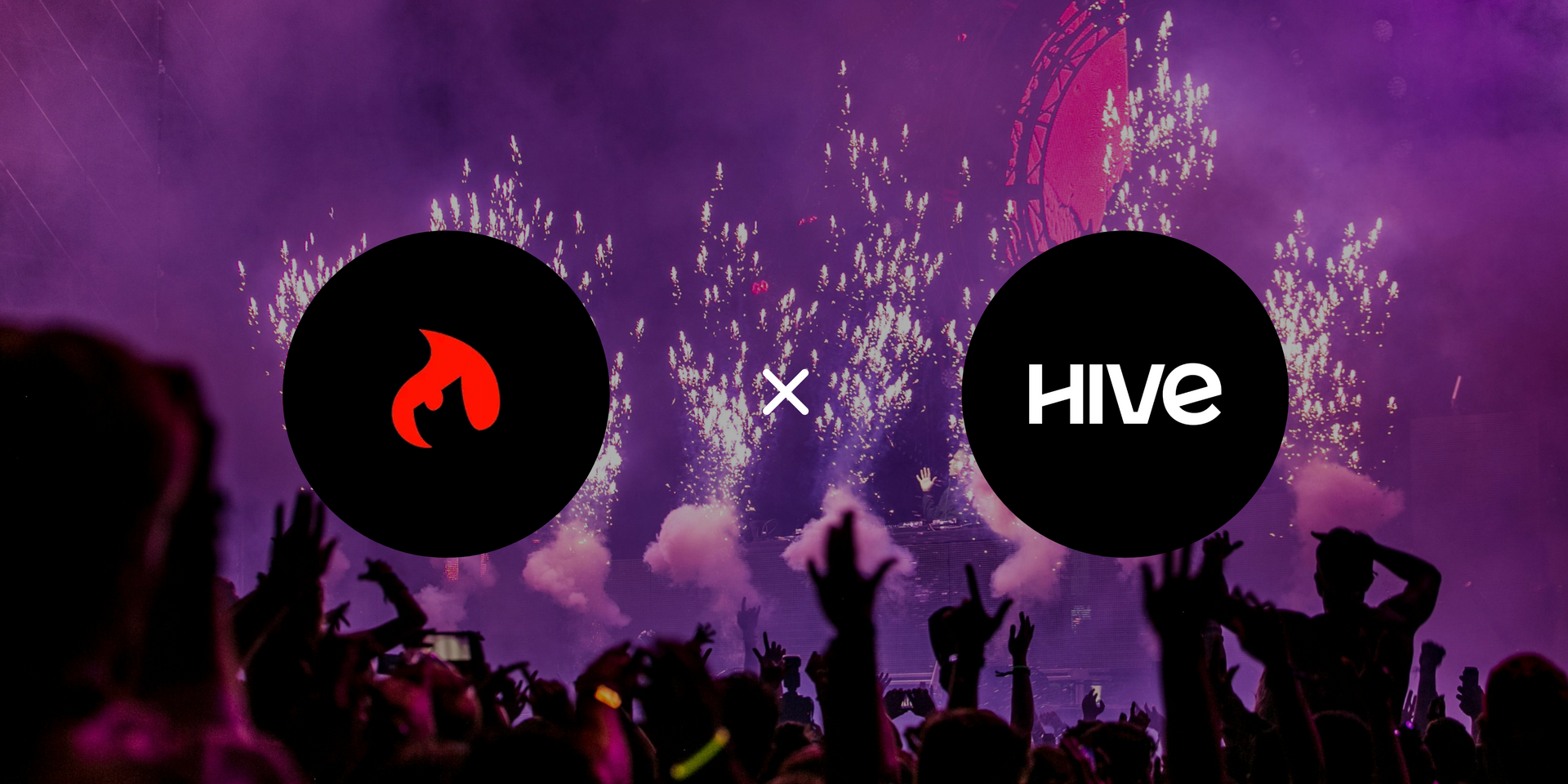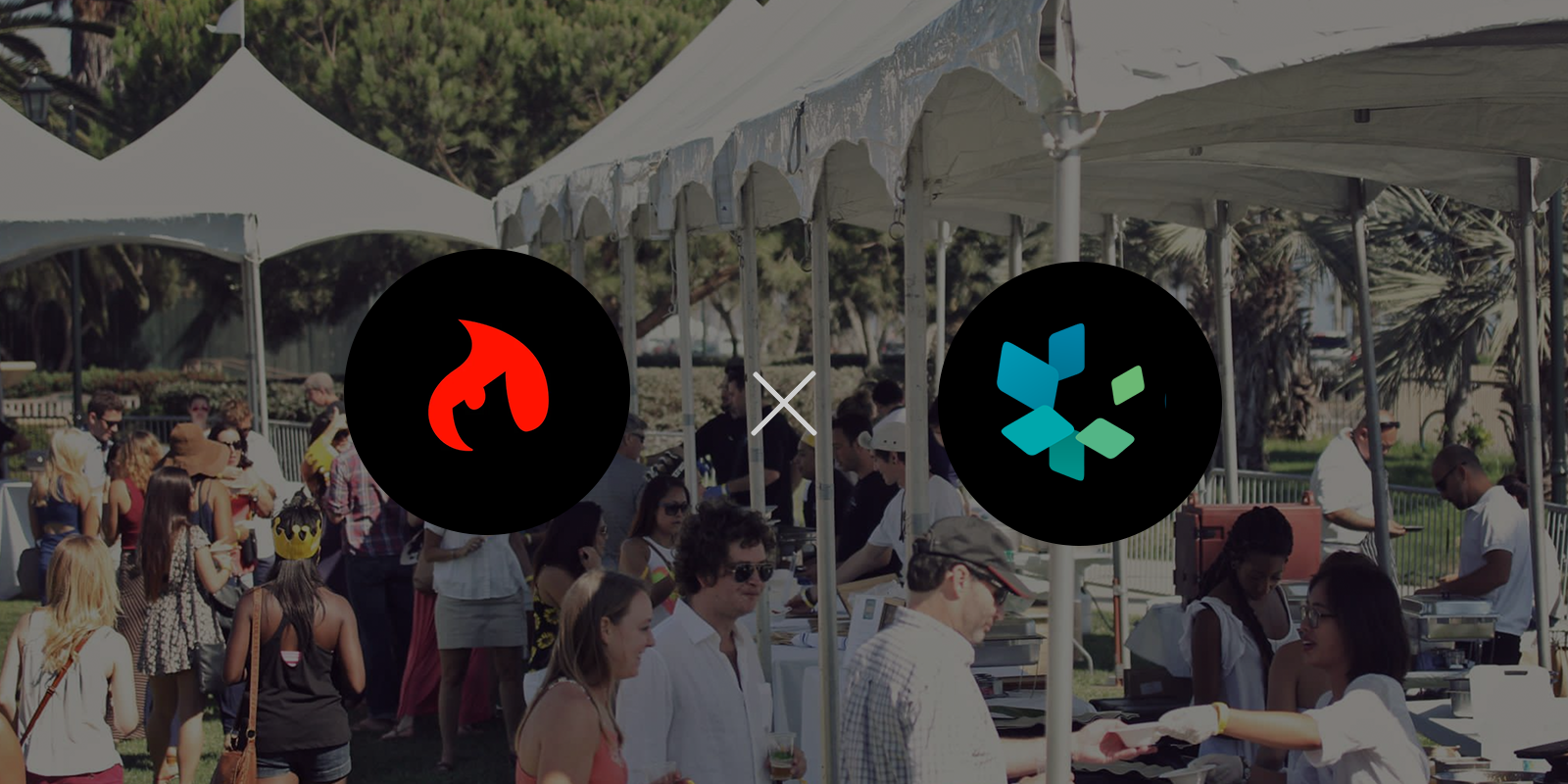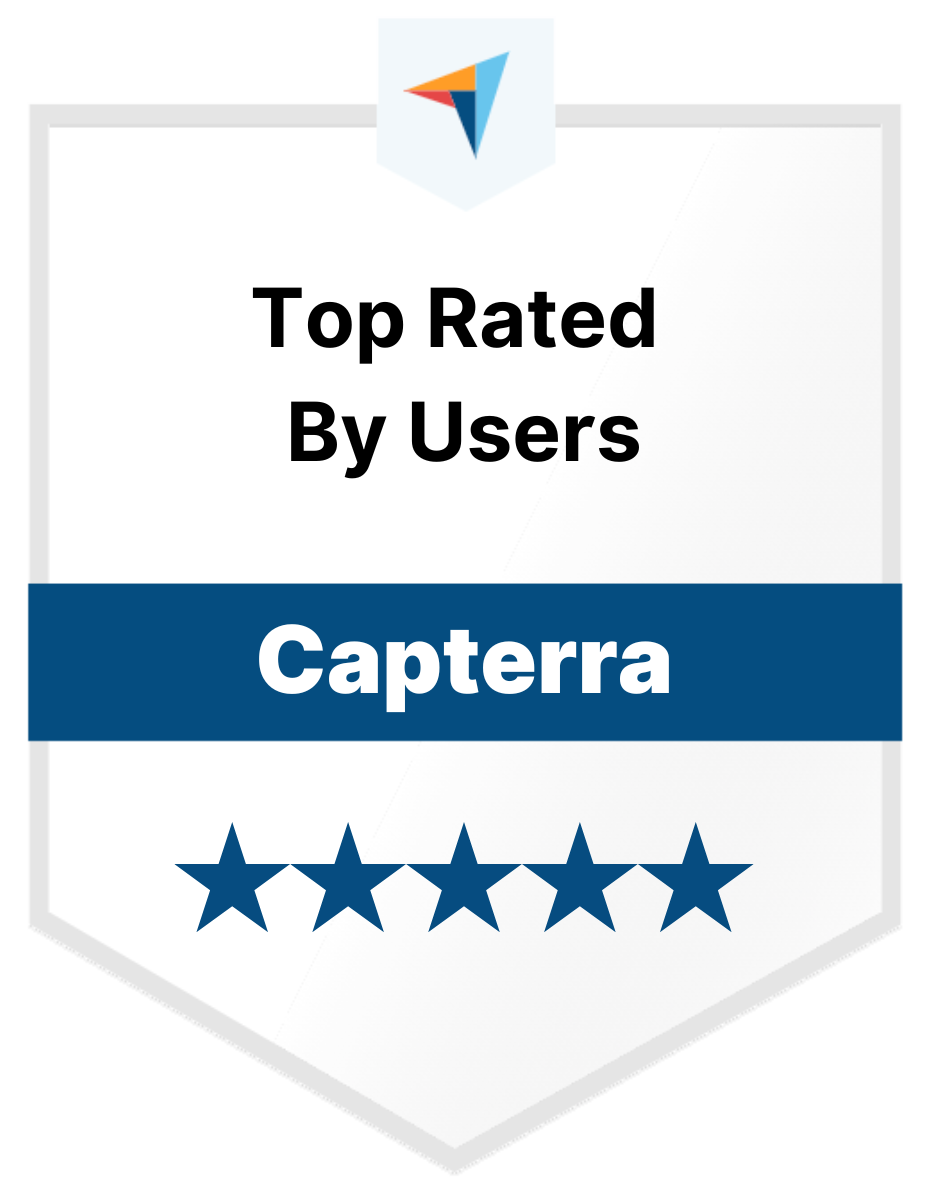Streamlining Event Payments: Choosing the Right Platform
January 2, 2024
Explore the top features of event payment platforms for efficient and secure transactions, suitable for all event sizes, with insights from experts.
When it comes to running a great event, the details matter. Even if you run a dynamite marketing campaign that gets everyone excited and ready to sign up, if you don’t handle the logistics, you have a nightmare on your hands. And one of the most important details is payments.
The right payment platform not only streamlines transaction processing but also instills trust in participants. This trust is crucial, as it directly impacts the reputation and financial viability of the event. In this article, we delve into the key features to look for in an event payment platform.
Here, we’ll discuss why choosing the right platform matters and how it can make transactions both efficient and secure for your event.
Key Features of an Ideal Event Payment Platform
When selecting an event payment platform, certain features stand out as essential for efficiency and security.
- Mobile Payment Options: Offering Apple Pay and Google Pay for mobile checkout enhances convenience for users.
- Buy Now, Pay Later Options: Features like Afterpay and Affirm provide flexible payment solutions, catering to a broader audience.
- Seamless, Single-Page Guest Checkout: This feature ensures a swift and hassle-free transaction experience.
Bryan Brand, Vice President of Business Development at white label event solution Ticketsauce, says his company uses Stripe to offer a range of mobile payment options to customers. This approach not only simplifies the process but also adapts to the evolving preferences of today’s consumers.
Moreover, the streamlined checkout process plays a pivotal role. "With our software, we have a single-page guest checkout, which is secure and seamless,” Brand says.
The goal is clear: make the journey from selecting a ticket to completing the purchase as quick and straightforward as possible.
Advantages of Partnering with a Trusted Payment Provider
A robust event payment platform often involves a partnership with a trusted payment provider. Such collaboration brings a host of benefits:
- Advanced Payment Features: Leveraging the provider’s technology for a wide array of payment options.
- Enhanced Security: A reputable provider offers a secure framework for all transactions.
- Streamlined Payment Process: Integration with the provider ensures a smooth transaction flow.
Ticketsauce prefers the partnership with Stripe for several reasons, not least of which is that it combines the platform's intuitive design with Stripe's robust payment processing capabilities, Brand says. The synergy between the two creates an environment where transactions are not just secure, but also user-friendly.
The security aspect is particularly vital. This reassurance is key in a landscape where security concerns can deter potential attendees. A platform's ability to provide a secure and efficient payment process is not just a feature – it's a necessity.
Customizing Payment Solutions for Different Event Sizes
Event payment platforms must cater to a diverse range of events, from intimate gatherings to large-scale festivals. This diversity requires a flexible approach to payment processing:
- Scalability for Large Events: The platform must handle massive ticket sales for high-profile events efficiently.
- Tailored Fraud Protection for Larger Events: Larger events often require more robust fraud protection measures.
- Suitability for Smaller Events: The platform should equally cater to smaller events with lower fraud risk.
"The platform shuld be able to scale to handle very large on sales, versus obviously smaller events,” Brand says.
This scalability ensures that whether an event is selling thousands of tickets or just a few dozen, the payment platform remains efficient and effective.
Fraud Prevention and Security Measures
For larger events, the risk of fraud increases, and this is where white label event solutions become valuable. “Larger, live music festivals come with a higher risk of fraud,” Brand adds. “That's where our team can help implement specific rules and settings around IP addresses."
Specifically, a platform needs to implement these measures to protect from fraud:
- IP Address Monitoring: To detect and block suspicious activity.
- Purchase Frequency Limits: Setting limits on how often a purchase can occur from a single source.
- Geographic Restrictions: Enabling organizers to restrict purchases from specific regions.
"We can start blocking IP addresses, zip codes, states, countries, and flagging specific orders if we see irregular activity,” Brand says.
Another innovative approach involves controlling ticket distribution. "One other addition on our end is our ability to delay the sending of tickets, which also greatly reduces fraud,” Brand says.
By controlling when tickets are released, organizers can effectively manage the secondary market and reduce fraudulent resales.
Choose Your Event Payment Platform Carefully
Choosing the right event payment platform requires a thoughtful analysis of features that contribute to operational efficiency, robust security, and the ability to adapt to events of varying sizes. The platform you choose plays a pivotal role in the overall success of your event, directly impacting customer satisfaction and financial outcomes.
In today's digital-first environment, the need for a secure and efficient payment solution is more pronounced than ever. Event organizers must place a high priority on these attributes to ensure their events run smoothly and securely.
The ideal payment platform, one that can revolutionize your event payment processes, is within reach. If you're looking to make this critical decision and want to ensure your choice aligns perfectly with your event's requirements, contact a white label provider like Ticketsauce. They’ve got the expertise to not only help you master your event payments, but every aspect of marketing a successful event and boosting your brand in the process. Contact us today for a consultation.

Recap of the Marketing Webinar with Bauer Entertainment Marketing (BEM) On Thursday, July 25th, Ticketsauce hosted a marketing webinar with Bauer Entertainment Marketing (BEM), a top marketing agency. For over 10 years, BEM has been a leader in event and venue marketing. The Founder and President joined us to discuss topics such as: What opportunities exist to help make the latter half of 2024 even stronger? How can we collectively get smarter about selling more tickets? What are the latest event marketing trends, tactics, and tools? What are the most recent and common event marketing pitfalls we should all avoid? What are useful marketing tools, especially AI, that you're using? Here are our key takeaways: Email Marketing: "RFM" (Recency, Frequency, Monetization) are key characteristics of your customers and subscribers that you should craft your marketing messages and timing around. Your emails should be customized based on each of these so you're sending a different message to a subscriber who has more recently opened or clicked on your emails, someone who opens or engages more frequently, and those who have spent more (or less) money with you. Targeting your messages around RFM can improve your campaign's effectiveness and relevance to the person receiving it. Contest Marketing: Contest marketing can be a very useful tool during the lulls of your on-sale period to boost engagement around your event. It can be a useful way to push people to take action in between your initial on-sale and the final few days leading up to the event. Use of Video: Video is KING in all mediums of marketing. Try to keep your videos to 15 seconds or less to maximize your message in the brief time you have people's attention. People are Buying Later: There's been a shift with the majority of people buying their tickets later in the final few days leading up to an event. This can make it challenging for marketers to effectively time their marketing efforts and campaigns to meet the customer when they're ready to buy. Do your best to focus on top-of-funnel marketing in the second third of your on-sale period and shift to bottom-of-funnel and conversion-related marketing in the final third. These were the handful of things that stuck out the most to us, but there were many more tips, insights, and creative strategies discussed. You'll have to watch for yourself and see what may inspire you. Also, see a summarized transcript below the video.







